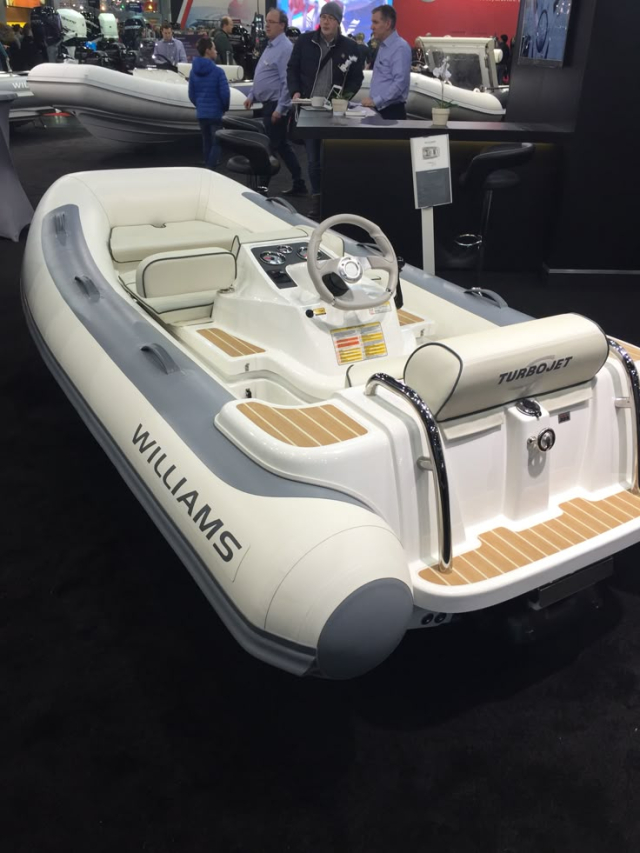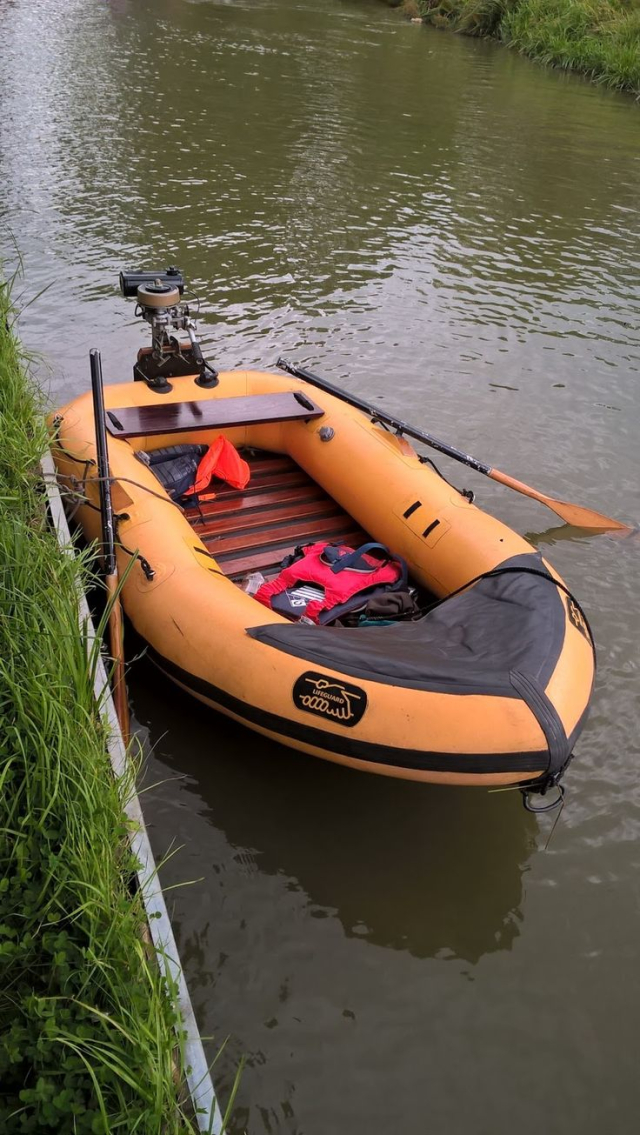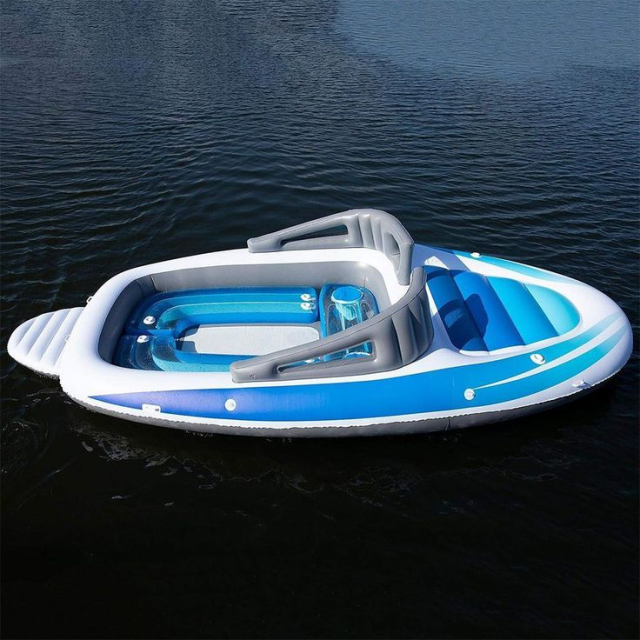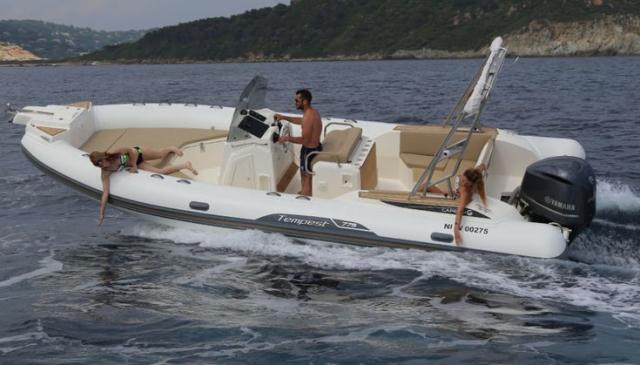In recent years, inflatable boats have gained widespread popularity due to their versatility, ease of transport, and affordable costs compared to traditional boats. Made from durable materials such as PVC or Hypalon , these boats offer practical solutions for both recreational and professional boaters in sectors such as rescue, fishing, and tourism. Their compact storage capacity , lightness, and ease of maintenance have made them a viable option for those seeking an economical and efficient alternative for sailing. Furthermore, with advances in technology and design , modern models of inflatable boats have improved in terms of stability, durability, and load capacity, positioning themselves as a real alternative to conventional boats. However, it is essential to consider different aspects before choosing an inflatable boat, such as its resistance, its suitability for certain types of navigation, and the purpose of its use .
You may also be interested in: 10 reasons to buy a boat
Differences between inflatable and traditional boats

The main differences between traditional and inflatable boats lie in their structure and functionality. Traditional boats, made of fiberglass, aluminum, or wood, have a rigid hull and a more solid structure, making them ideal for open water navigation and more demanding conditions. Inflatable boats, on the other hand, are much lighter and easier to transport and store, but can be more vulnerable to punctures or damage compared to traditional boats.
Each type of boat has advantages and disadvantages. The advantages of traditional boats include their durability, greater load capacity, and better performance in adverse conditions, while their disadvantages include greater weight, high maintenance costs, and the need for specialized storage. On the other hand, inflatable boats offer advantages such as ease of transport and storage, lower initial cost, and versatility in different aquatic environments. However, their disadvantages include less durability against impacts, less stability in turbulent waters, and a lifespan that depends on proper maintenance and the quality of the materials.

You may also be interested in: New boats vs. used boats
The impact on sustainability is an important aspect when evaluating these boats. Traditional boats, being constructed with durable materials such as fiberglass and metal, can have a long lifespan, but their production creates a significant environmental footprint due to the manufacturing processes and the use of non-biodegradable materials. Inflatable boats, on the other hand, can represent a more sustainable option due to their lower consumption of rigid materials and ease of recycling in some cases. However, models made with PVC may be less environmentally friendly compared to those made with Hypalon, a stronger and more recyclable material. Furthermore, their lower weight and fuel efficiency contribute to lower emissions of polluting gases compared to heavier boats that require more powerful engines.
Types of inflatable boats

You may also be interested in: Where to buy a boat in Colombia?
There are several types of inflatable boats, each with specific characteristics. Rigid inflatable boats (RIBs) combine a solid hull with inflatable floats, giving them stability and durability, making them ideal for rescues, patrols, and high-performance recreational activities. Conventional inflatable boats , on the other hand, are completely flexible and foldable for easy storage and transport, ideal for fishing, recreation, and yacht support. There are also inflatable kayaks and canoes , designed for those seeking adventure in calm or moderately turbulent waters, offering lightness and ease of use. Finally, inflatable rafts are primarily used for rafting and expeditions, providing great buoyancy and carrying capacity.
Ultimately, the choice between a traditional boat and an inflatable boat will depend on the intended use, available budget, and the conditions in which it will be sailed. If you're looking for a boat for long journeys, with greater load capacity and resistance to extreme conditions, a traditional boat may be the most appropriate option. However, if the priority is ease of transport, compact storage, and lower maintenance costs, inflatable boats offer an affordable and versatile alternative. Furthermore, thanks to advances in technology and materials, these boats have evolved significantly, providing greater stability, durability, and safety on the water. Therefore, before making a decision, it's essential to evaluate personal needs, the environment where it will be used, and the boater's level of experience, thus ensuring the best choice for each situation.
We invite you to take a look at other articles at: https://yate.co/en/blog


